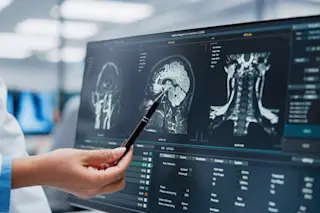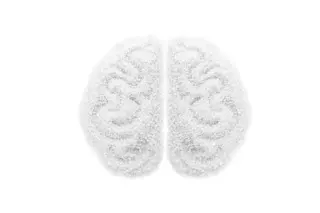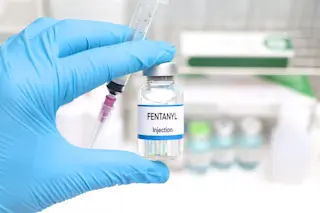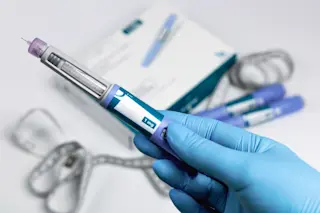In the 1980s, scientists knew substance abuse was harmful for developing brains, but they didn’t know to what extent. First Lady Nancy Reagan appeared on an episode of the sitcom “Diff’rent Strokes” to promote her “Just Say No” anti-drug campaign in 1983. In one scene, Mrs. Reagan told a grade school class of a boy she once knew who was “burned out on marijuana” when he beat up his little sister. The kids cringed, and Mrs. Reagan concluded by saying all drugs, whether considered soft or hard, were harmful.
Research today is proving that adolescents who use the most common substances — tobacco, marijuana and alcohol — have a greater chance for neurological consequences in adulthood. Long-term studies are underway to watch kids as they grow. Until then, lab rats under the influence are proving Mrs. Reagan was indeed right that drugs are harmful to young brains.
In 2018, the ...















